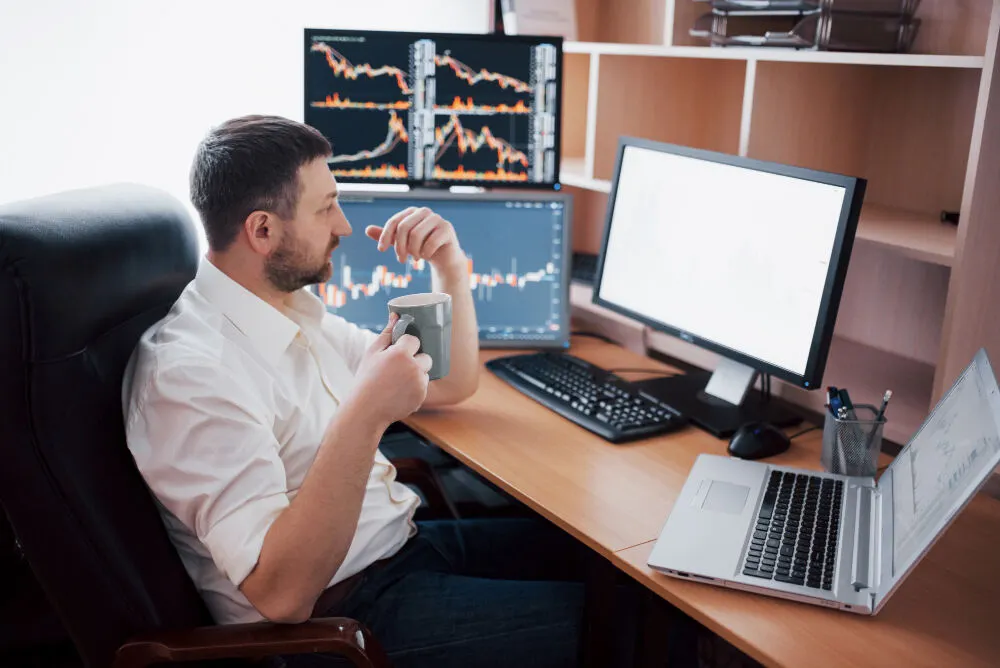The Importance of Multiple Screens In Stock Trading

In stock trading, every second is crucial. Traders need to watch lots of data at once to make quick, smart decisions. That’s why they use multiple screens. It’s not just a luxury; it’s a necessity. Multiple screens help traders see everything they need without switching between windows. This setup lets them respond faster to market changes, work more efficiently, manage risks better, and stay organised. For traders, having several screens is essential to stay ahead.
1. Enhanced Data Monitoring
Stock trading involves tracking a multitude of data streams: market news, stock charts, trading platforms, research reports, and financial statements, to name a few. A single screen can quickly become cluttered, making it difficult to keep an eye on all these elements at once. With multiple screens, traders can dedicate each monitor to a specific data stream, ensuring they don’t miss any critical information.
2. Real-Time Analysis and Decision Making
Time is of the essence in trading. Prices can fluctuate in seconds, and opportunities can vanish in the blink of an eye. Multiple screens allow traders to conduct real-time analysis by displaying different time frames of stock charts, various technical indicators, and live news feeds simultaneously. This setup enables them to make swift, informed decisions without constantly switching between tabs and windows, reducing the risk of delayed reactions.
3. Improved Efficiency and Productivity
Juggling between different software applications and web pages on a single screen can be inefficient and time-consuming. Multiple screens streamline this process by allowing traders to open and operate various platforms simultaneously. For example, one screen can display a trading platform, another a research terminal, while a third might show a social media feed or news updates. This division of labour among screens enhances productivity and allows traders to work more efficiently.
4. Better Risk Management
Effective risk management is crucial in trading. Multiple screens help traders monitor their positions and the market environment comprehensively. They can keep one screen dedicated to watching open positions and another for scanning the market for potential risks or opportunities. This constant vigilance helps in identifying and mitigating risks promptly.
5. Customization and Flexibility
Every trader has a unique strategy and workflow. Multi-screen setups offer the flexibility to customize the workspace according to individual preferences. Traders can arrange their screens in a manner that best suits their trading style, whether that means having a specific screen layout for pre-market analysis, during trading hours, or post-market review. This level of customization enhances comfort and efficiency, ultimately leading to better trading performance.
6. Psychological Edge
Trading can be stressful, and a well-organized workspace can provide a psychological edge. Multiple screens reduce the mental strain of constantly shifting focus between different pieces of information on a single screen. By having a more organized and visually accessible setup, traders can maintain their concentration and reduce cognitive overload, leading to better decision-making under pressure.
In conclusion, the use of multiple screens is a vital component of modern trading strategies. It enhances data monitoring, enables real-time analysis, improves efficiency, aids in risk management, provides customization options and offers a psychological advantage. For serious traders looking to stay ahead in the competitive world of stock trading, investing in a multi-screen setup is not just beneficial—it’s essential.
